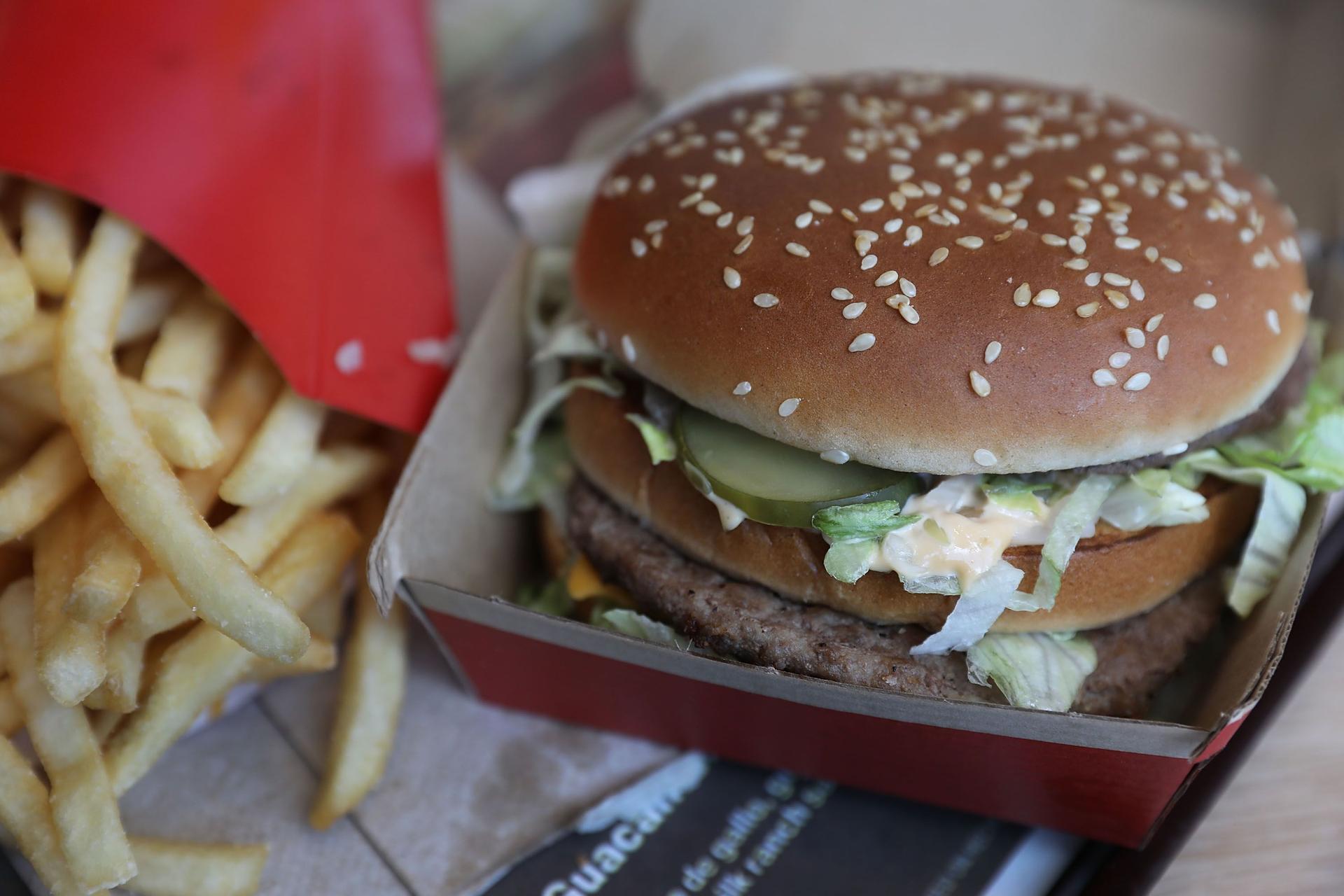Pop quiz: How much does a Big Mac, fries and a fountain beverage – also known as a Big Mac combo meal – cost?
Many people believe it's an astounding $18 after a post on X of McDonald's menu prices at a rest stop in Connecticut went viral and made national headlines. (Narrator voice: It's not.)
Now, almost a year after the post, a top McDonald's executive wants to set the record straight. In a recent letter, Joe Erlinger, president of McDonald's USA, said $18 for a Big Mac combo was the "exception" and not the norm across all 13,700 restaurants in the country.
The thing is: It doesn't really matter that virtually no one is paying anything close to $18 for a Big Mac combo. (On average, it actually costs $9.29, per a fact sheet McDonald's put out along with the letter.) What matters is that the post struck a nerve with an army of people who are fed up with what fast food costs these days.
Erlinger is clearly taking note. A few weeks after publishing the letter the company announced a $5 value menu. But make no mistake — the timing isn't a coincidence.
A bragging point
For years after Covid, fast food chains were bragging on earnings calls about the ease with which they could raise prices without consumers batting much of an eye.
Yes, fast-food chains' expenses went up as inflation accelerated and they had to shell out more money to attract workers. But it's not like they were hurting as a result.
As they increased prices, profits went up. Of course, that was only true because consumers were willing to pay more as their paychecks rose and they were sitting on loads of savings accumulated during the pandemic.
Turning tides
Now chains like McDonald's, which didn't respond to CNN's request for comment, are playing defense. They're retroactively defending prior increases, telling customers: I understand your frustration – while also telling them: We aren't the villains your social media posts make us out to be.
"The average price of a Big Mac in the US was $4.39 in 2019," Erlinger said in his recent letter. "Despite a global pandemic and historic rises in supply chain costs, wages and other inflationary pressures in the years that followed, the average cost is now $5.29. That's an increase of 21% (not 100%)," he added.
If that's the case, a 21% price increase from 2019 is less than the 23% overall rise in prices across goods and services over the same period calculated by the Consumer Price Index.
On top of this, prices for all manner of goods and services have surged. For instance, car insurance costs for the average US consumer are up more than 40% from 2019 to now, according to CPI data.
People aren't happy about that, but I have yet to see a viral post about car insurance prices. Perhaps that's because car insurance companies haven't spent their lifespans positioning themselves as a dirt-cheap good for the common folk.
Behold: Price cuts and value menus
I'd be willing to bet Erlinger was made aware of the viral $18 Big Mac combo post not long after it took off. So why did it take a year for him to comment on it?
Profit margins.
McDonald's CEO Christopher Kempczinski told analysts on the company's April earnings call that restaurant profit margins have fallen back to where they were in 2019. That's because consumers are reaching their breaking points with the price increases they've had to shoulder over the past four years. And with paycheck bumps flattening out and savings vanishing, it's stinging a lot more.
"We certainly are going to be prudent and thoughtful about any further price increases that we're looking at for the rest of 2024 on that backdrop," Ian Borden, McDonald's CFO added on the call.
Hence why McDonald's is rolling out a $5 menu.
But they're not the only ones making a pivot. Target, Walgreens, Amazon, Walmart, Wendy's and Starbucks are slashing prices on thousands of items, trying to win back the customers they, too, have lost due to price increases.
Customers are fed up. And it's finally starting to hurt companies' bottom lines.

















No hay comentarios:
Publicar un comentario